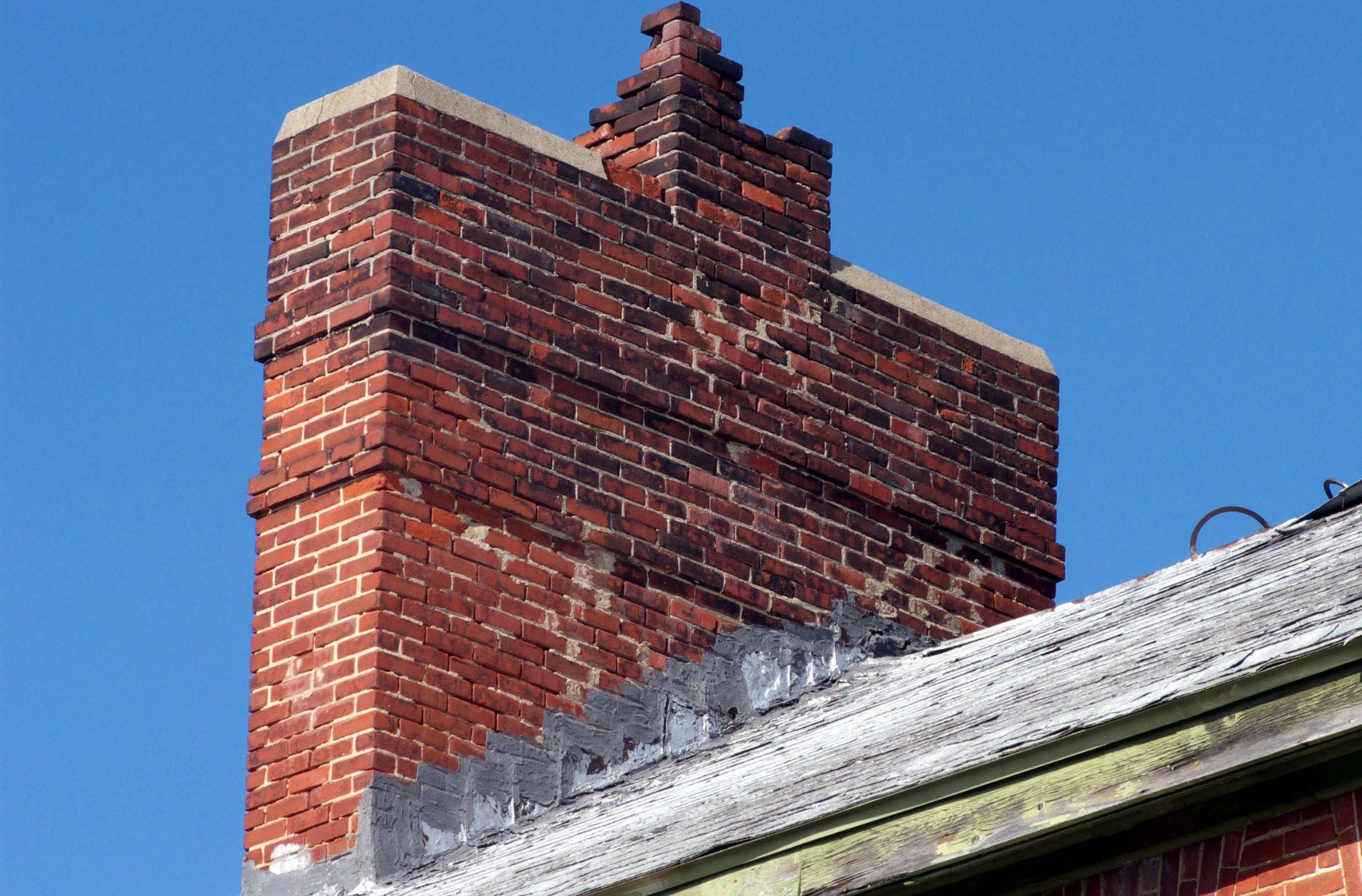The Science of Tuckpointing: Preserving Historic Brickwork

Brick masonry has been a staple of architectural design for centuries, standing the test of time in countless historic buildings and homes. However, the maintenance and preservation of such structures require an understanding of the techniques and science behind brick restoration. One such method, essential in preserving the integrity and beauty of historic masonry, is tuckpointing. As a leading provider of residential masonry repair and restoration services in the Metro Detroit area, Detroit Brick Co. possesses the knowledge and experience to help you preserve your treasured brickwork through expert tuckpointing services.
In this educational article, we will delve into the science of tuckpointing—exploring its historical roots, the materials and techniques used in the process, and the benefits of tuckpointing for preserving historic brickwork. By understanding the intricate details involved in tuckpointing, you will be better equipped to care for your property’s masonry and maintain its architectural heritage for generations to come.
1. The History of Tuckpointing
Tuckpointing is a time-tested technique that originated in 18th-century England. Its development was born out of a need to preserve the appearance of high-quality brickwork, which was often made from expensive materials. In the years since, tuckpointing has evolved, becoming more than just an aesthetic treatment but also an essential method for extending the lifespan of brickwork in historic structures.
a. The Genesis of the Technique
As expensive, handmade bricks became a symbol of status and wealth in the 18th century, builders sought to maintain the appearance of these structures over time. Tuckpointing emerged as a method to mimic the precise mortar joints of these carefully laid brickworks, giving the appearance of precise and costly craftsmanship.
b. Evolution and Adaptation
Over time, tuckpointing techniques have evolved, incorporating new methods, tools, and materials. Modern tuckpointing now serves a dual purpose: preserving the beautiful appearance of historic brickwork and maintaining the structural integrity of these buildings against the ravages of time and elemental forces.
2. The Materials and Techniques of Tuckpointing
The tuckpointing process involves a combination of materials and techniques that, when expertly executed, offer both aesthetic and practical benefits.
a. Repairing Deteriorated Mortar Joints
Before tuckpointing can begin, any damaged or deteriorated mortar must first be removed from the brick joints. This is accomplished using specialized tools, such as a raker bar or a grinder, to remove the old mortar without damaging the surrounding brickwork.
b. Preparation of Mortar Mixes
Two distinct mortar mixes are used in tuckpointing: the base mortar and the pointing mortar. The base mortar serves as a filler, providing a stable foundation for the pointing mortar.
The base mortar is typically colored to match or complement the existing brickwork, ensuring a seamless and cohesive appearance. On the other hand, the pointing mortar is used to create the distinctive raised joints characteristic of tuckpointing. This mix is often lighter in color and contrasts with the surrounding brick, giving the illusion of finely crafted, narrow mortar joints.
c. Application of Mortar
The tuckpointing process begins with the application of the base mortar, filling the joints between bricks and providing a stable foundation for the pointing mortar. Once the base mortar has partially set, the pointing mortar is applied using a specialized tool called a tuck pointer. The mason carefully shapes the new mortar joint, creating a raised ridge that contrasts with the surrounding brickwork.
d. Finishing Touches
After the pointing mortar has set, any excess is removed, and the tuckpointed surface is cleaned to reveal the newly restored brickwork. The result is a visually striking and structurally sound brick surface, with the appearance of detailed and precise craftsmanship.
3. The Benefits of Tuckpointing for Historic Brickwork
Tuckpointing offers several advantages in preserving and restoring historic brick buildings and structures.
a. Structural Integrity
By addressing deteriorated mortar joints, tuckpointing prevents moisture from infiltrating the brickwork, averting further damage. It also provides a stable foundation for the bricks, ensuring a long-lasting and structurally sound appearance.
b. Aesthetic Appeal
Tuckpointing’s visual impact is undeniable. The process restores the appearance of finely crafted, narrow mortar joints, adding character and enhancing the overall aesthetics of historic brickwork.
c. Protecting Property Value
Properly maintained historic brickwork positively impacts property value. By investing in tuckpointing, you’re not only preserving your property’s structural integrity but also its financial worth in the long term.
d. Energy Efficiency
Tuckpointing can lead to improved energy efficiency in a building. By sealing any gaps or cracks in the mortar joints, tuckpointing reduces drafts and helps maintain a more comfortable indoor environment, potentially decreasing heating and cooling costs.
4. Trust the Experts to Preserve Your Historic Brickwork
When it comes to preserving the beauty and integrity of your historic brickwork, it’s essential to trust qualified experts like the team at Detroit Brick Co.
a. Experience and Expertise
With a wealth of experience in masonry repair and restoration, Detroit Brick Co. technicians bring the expertise and craftsmanship necessary to handle any tuckpointing project, no matter how complex or intricate.
b. Quality Assurance
Taking pride in their work, Detroit Brick Co. ensures that tuckpointing projects meet the highest quality standards and preserve the character and charm of your historic brickwork for generations.
c. Comprehensive Services
Detroit Brick Co. offers a range of masonry services beyond tuckpointing, including brick repair, chimney repairs, and more. With comprehensive solutions tailored to your property’s needs, you can trust that your home will be in the best hands.
Conclusion
Tuckpointing is an essential technique for preserving and restoring historic brickwork. By understanding the science behind this specialized process and trusting professionals like the team at Detroit Brick Co., you can ensure that your cherished historic brick structures maintain their beauty and integrity for years to come.
Enhance and secure your historic brickwork by partnering with the experts at Detroit Brick Co. Contact us today to schedule a consultation and discover how our exceptional brick tuckpointing services can bring new life to your property while maintaining its unique character and heritage.





